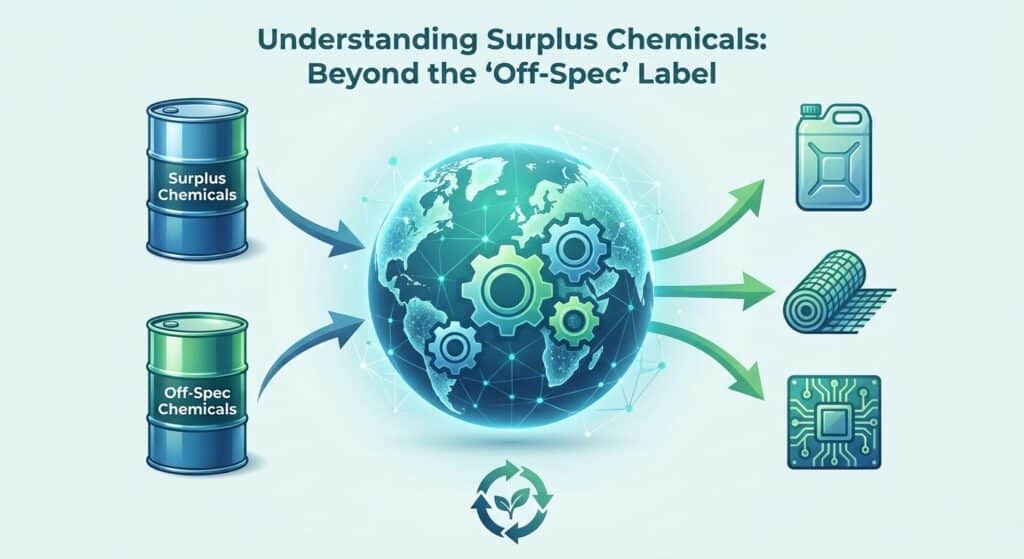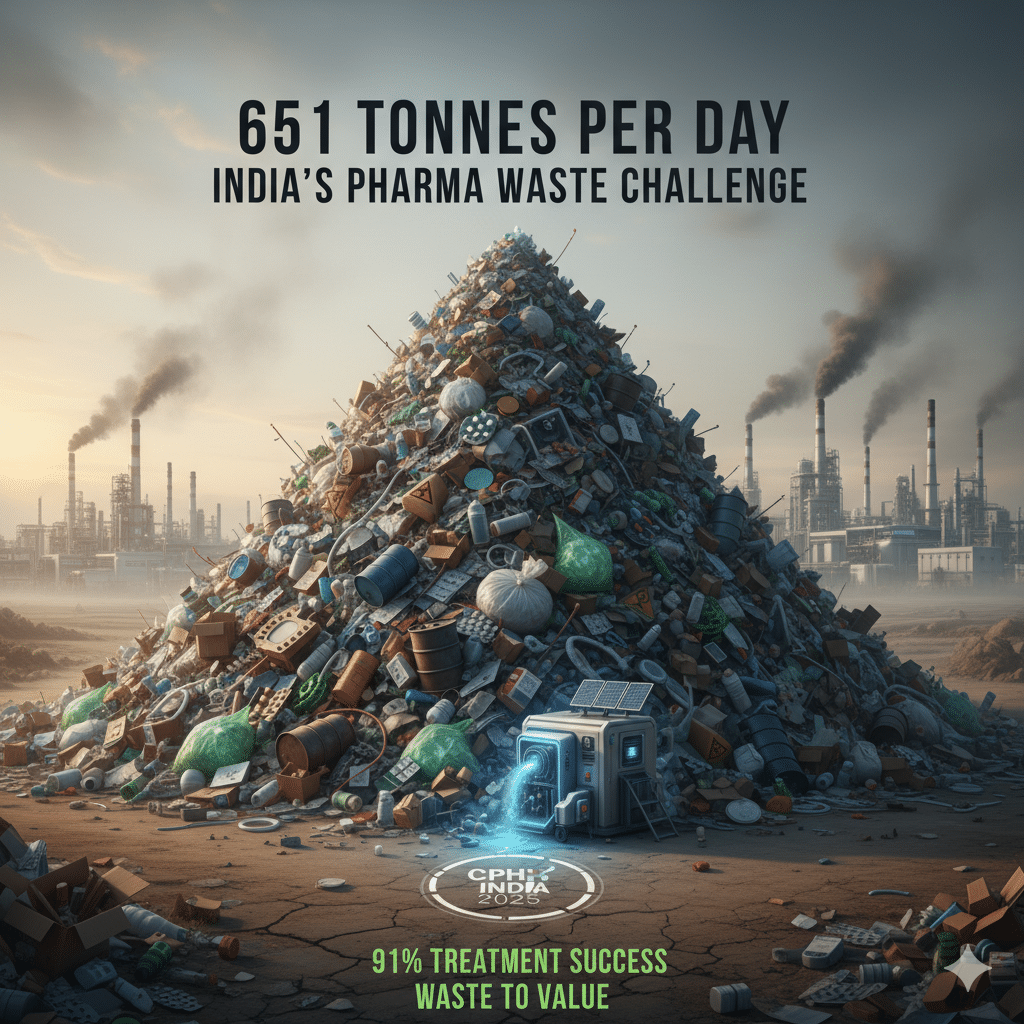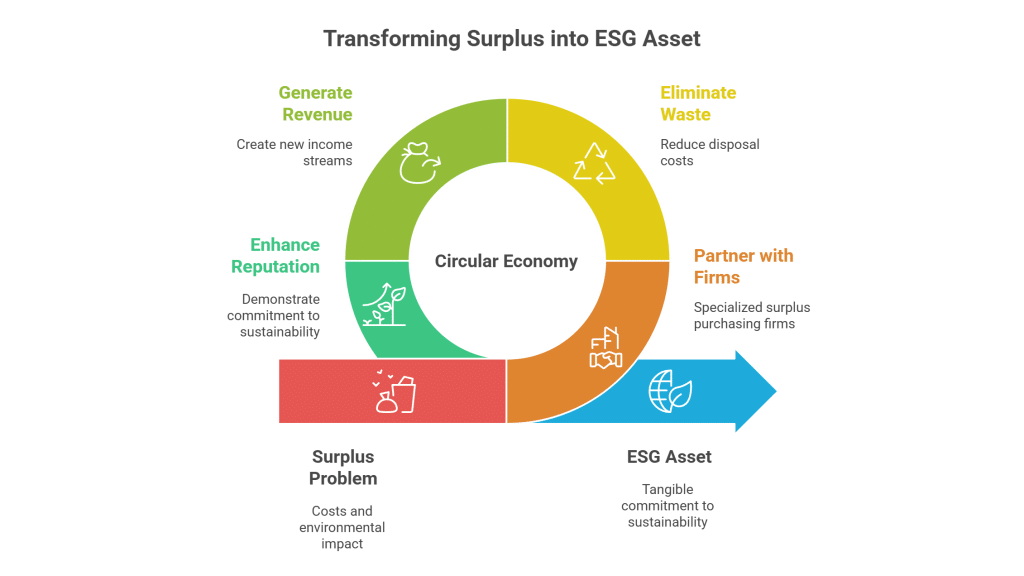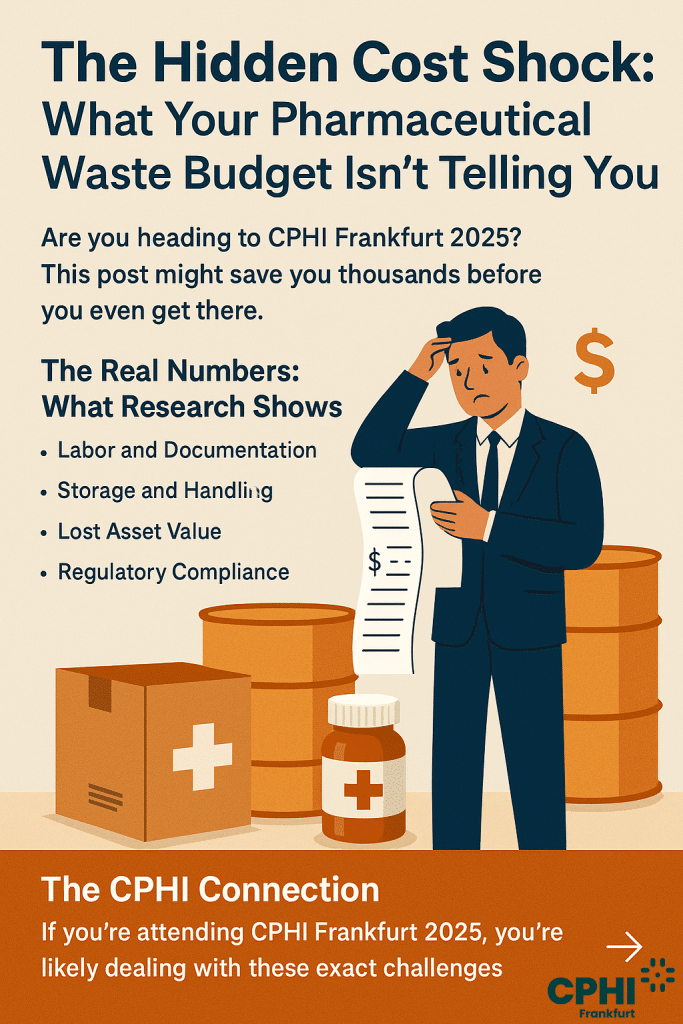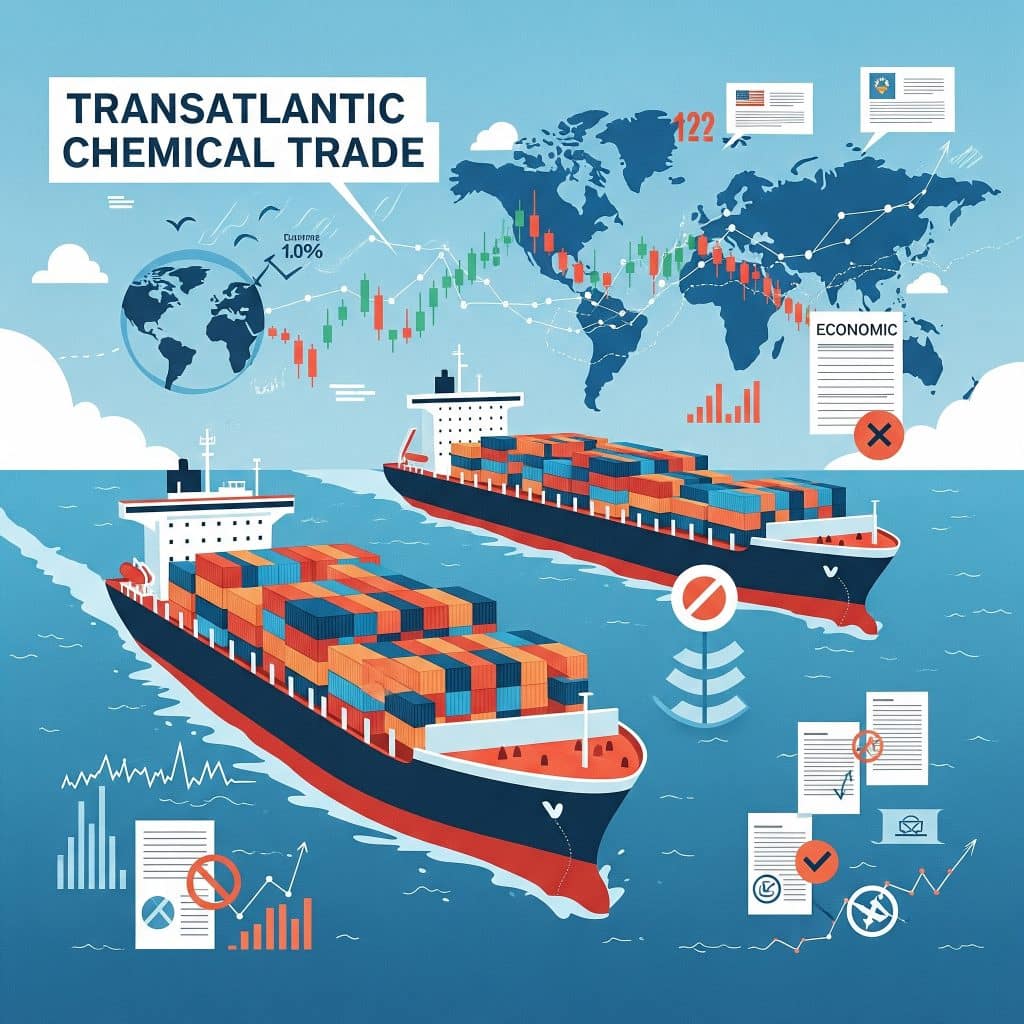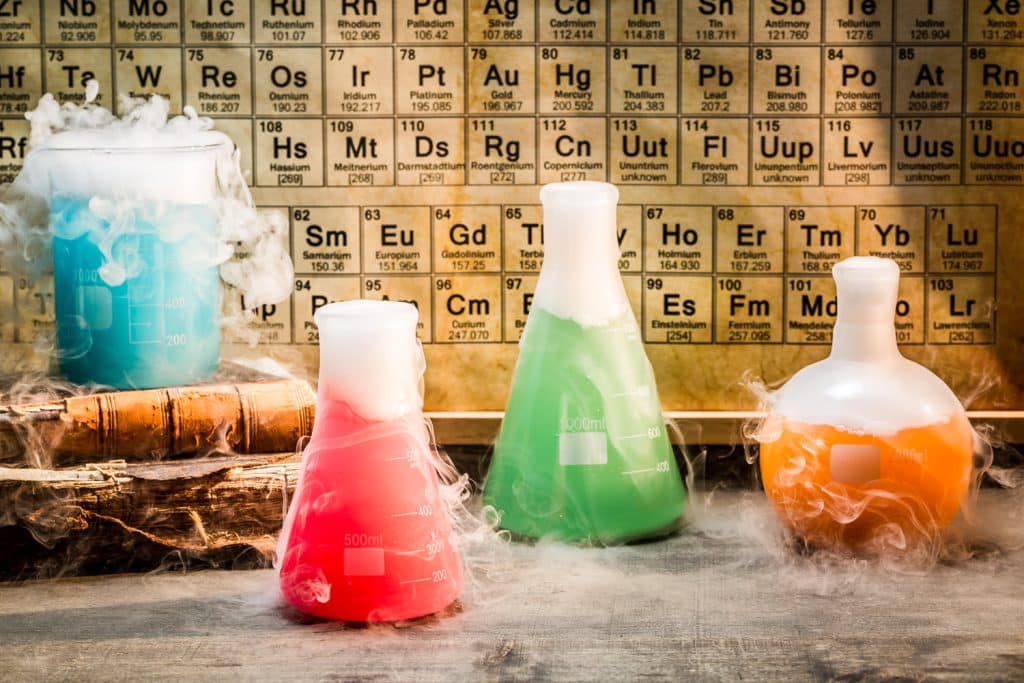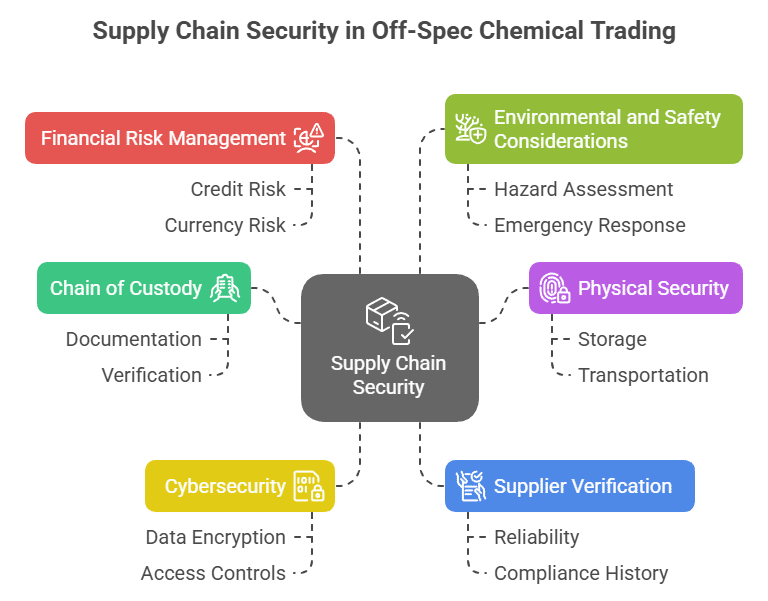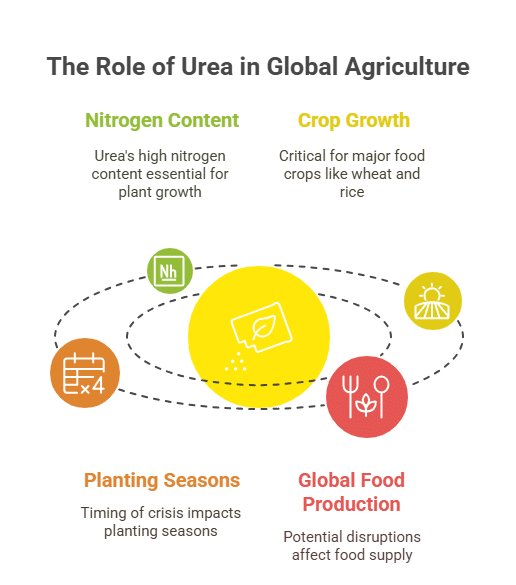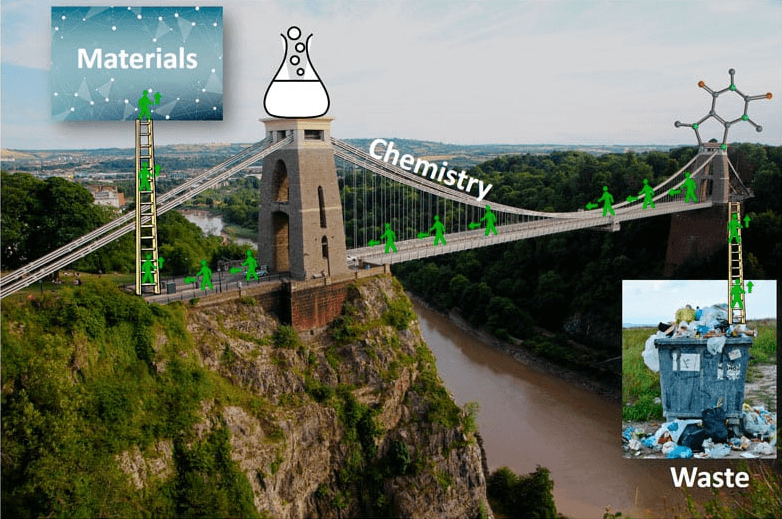Applying the three R’s: Reduce, reuse, and recycle in the chemical industry
Contrary to popular belief, Lorem Ipsum is not simply random text. It has roots in a piece of classical Latin literature from 45 BC, making it over 2000 years old. Richard McClintock, a Latin professor at Hampden-Sydney College in Virginia, looked up one of the more obscure Latin words, consectetur, from a Lorem Ipsum passage, and going through the cites of the word in classical literature, discovered the undoubtable source. Lorem Ipsum comes from sections 1.10.32 and 1.10.33 of “de Finibus Bonorum et Malorum” (The Extremes of Good and Evil) by Cicero, written in 45 BC. This book is a treatise on the theory of ethics, very popular during the Renaissance. The first line of Lorem Ipsum,
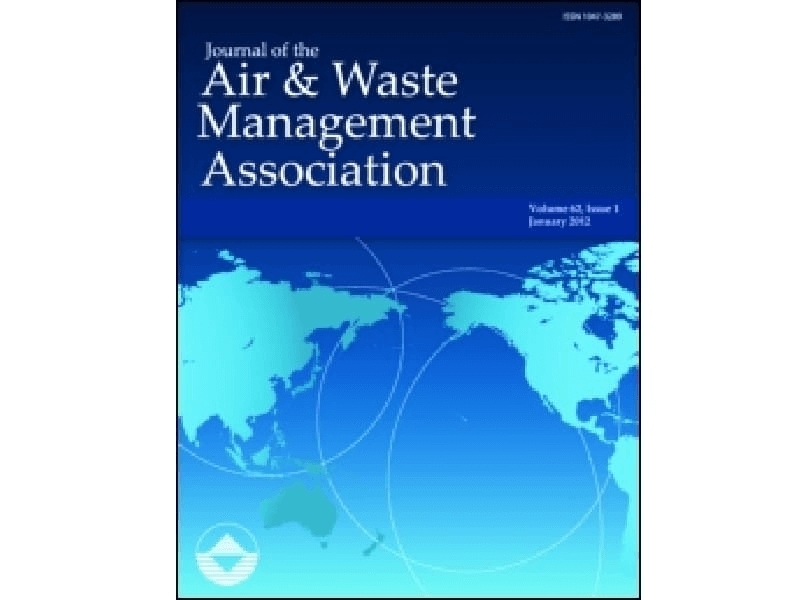
ABSTRACT
Pollution prevention (P2) assessment was conducted by applying the three R’s, reduce, reuse, and recycle, in a chemical industry for the purpose of reducing the amount of wastewater generated, reusing paint wastewater in the manufacture of cement bricks, recycling cooling water, and improving water usage efficiency. The results of this study showed that the annual wastewater flow generated from the paint manufacturing can be reduced from 1,100 m3 to 488.4 m3 (44.4% reduction) when a high-pressure hose is used. Two mixtures were prepared. The first mixture (A) contains cement, coarse aggregate, fine aggregate, Addicrete BVF, and clean water. The second mixture (B) contains the same components used in the first mixture, except that paint wastewater was used instead of the clean water. The prepared samples were tested for water absorption, toxicity, reactivity, compressive strength, ignitability, and corrosion. The tests results indicated that using paint wastewater in the manufacture of the cement bricks improved the mechanical properties of the bricks. The toxicity test results showed that the metals concentration in the bricks did not exceed the U.S. EPA limits. This company achieved the goal of zero liquid discharge (ZLD), especially after recycling 2,800 m3 of cooling water. The total annual saving could reach $42,570 with a payback period of 41 days.
Implications: This research focused on improving the water usage efficiency, reducing the quantity of wastewater generated, and potentially reusing wastewater in the manufacture of cement bricks. Reusing paint wastewater in the manufacture of the bricks prevents the hazardous pollutants in the wastewater (calcium carbonate, styrene acrylic resins, colored pigments, and titanium dioxide) from entering and polluting the surface water and the environment. We think that this paper will help to find the most efficient and cost-effective way to manage paint wastewater and conserve fresh water resources. We also believe that this paper provides a rich agenda for future research in water conservation and industrial wastewater reuse subjects.
